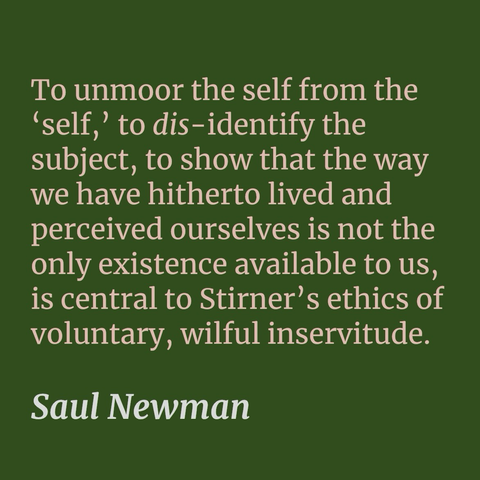Most Online Chaos Magick Is Naming Mnemonic Variables
No matter how intricate your sigil is, it’s still just a semiotic identifier—a signifier. You could call it x, and it would carry the same ontological weight. Sigils point to concepts, entities, or they act as a signature. At the end of the day, you’ve just created a decorative label. Sigils are glyphs, not alphabets or languages like Theban, Celestial, Enochian, or the Alphabet of Daggers.
Sigils made using Austin Spare’s method aren’t languages—they’re stylized abstractions. You’re not writing a sentence in some hidden tongue; you’re making a visual variable. A graphic tag with no linguistic scaffolding. There’s nothing to “read” in it—no syntax, no grammar, no pronunciation. Just an intentional scribble pointing toward a thought.
Compare that to Theban, Celestial, Enochian, or the Alphabet of Daggers. Those are actual alphabets. Magical languages. They follow consistent letter-for-letter substitutions. They can obscure meaning—because there’s real meaning to obscure. You can encode texts, chants, names. They operate like ciphers, because that’s exactly what they are.
Spare-style sigils don’t encrypt—they erase. When you compress a phrase into a symbol, you’re not hiding language, you’re letting it go. You’re collapsing intention into a single mark that doesn’t depend on literacy, just mental association.
Magical languages at least do something. They obscure. They encode. Run a sentence through Theban or Celestial, and you get something arcane-looking and unreadable—because it is, unless you know the key. That’s the point: symbolic misdirection. Encryption with intent.
Sigils, especially the Spare-style ones, don’t do that. You’re not concealing a message; you’re flattening it into a shape. It’s not code—it’s a label. A name tag. You take a phrase, compress it into a glyph, and suddenly it’s a “magickal symbol.” But it’s really just a symbolic pointer—a variable, like in programming. And just like with variables, the more convoluted the name, the more annoying it is to use. If your sigil looks like a spiky eldritch mandala, congrats: you’ve made a beautiful, unreadable label.
Honestly, watching people crank these out like they’re reinventing the arcane wheel—when they’re just decorating the same psychological placeholder—it’s almost a relief. The more time someone spends designing a stylized faux ceremonial symbol symbol for “money now please,” the less likely they are to be doing anything dangerously effective. A lot of what gets called “chaos magick” online is really just overdesigned variable naming by people who think the aesthetic is the spell.
Sure, sigils, metaphors, and myths all operate symbolically—but they don’t hit the same. A sigil is a symbol boiled down to a label. A shortcut. It points to something. A mythology doesn’t just point—it breathes. It moves through story, layers, archetypes. That’s why mythic metaphors and ritual drama land harder: they’re not just signs, they’re immersive systems of meaning.
A myth doesn’t just say “this is like that.” It binds symbols into patterns. It creates tension, resonance, transformation. Allegory can carry cosmology. Sigils don’t do that. They’re more like programming variables—arbitrary labels you assign meaning to. Useful? Sure. But flat. A box with a name. Writing “dragon” on the lid doesn’t conjure the force of a real dragon narrative.
That’s why stories, dreams, and rituals move people—and sigils usually don’t, unless you’ve already decided they will. Metaphor speaks to the deep mind. It speaks with symbols, not just about them. Sigils? They’re like filing tabs. Metaphors are the stories inside the folders.
So yeah—they’re both symbols. But one is a placeholder. The other is a living structure.
Exactly—whether you sketch a swirling, ornate sigil or just scrawl an x, you’re still tagging the same conceptual box. The content doesn’t change just because the outside is fancier. That’s the point: the sigil isn’t the thing. It’s the pointer. It’s the tag that says, “this is where I stored that intention,” or “this represents that entity.” It doesn’t gain power because it looks more esoteric.
People get caught up in the design and forget the purpose. A sigil doesn’t summon anything by itself—it’s a reference. It’s not the payload. You’re not conjuring a spirit with the shape; you’re doing it with the meaning you’ve assigned. The symbol just helps you focus—like putting a label on a folder.
This is why making the sigil “look magickal” is mostly cosmetic. Dress up the label all you want—it still opens the same box. The real work isn’t in the glyph; it’s in what the glyph means and how your mind interacts with that meaning. So yes, swap the sigil for an x—the box still holds the demon. All you’ve changed is the font.
Fediverse Reactions
#Archetypes #ceremonialMagic #ceremonialMagick #chaosMagick #Crowley #demons #Discordians #egregore #egregores #exemplification #fascist #grimoire #grimoires #HermeticOrderOfTheGoldenDawn #hermeticism #hyperSigils #invocation #JungianArchetypes #magicalLanguages #magick #mythologies #mythology #myths #occult #occultism #occulture #Ontology #ostension #pagan #paganism #paranormal #paranormalCommunities #postmodernism #poststructuralism #Semiotics #sigil #sigilMagic #sigilMagick #sigils #sorcery #urbanMyth






